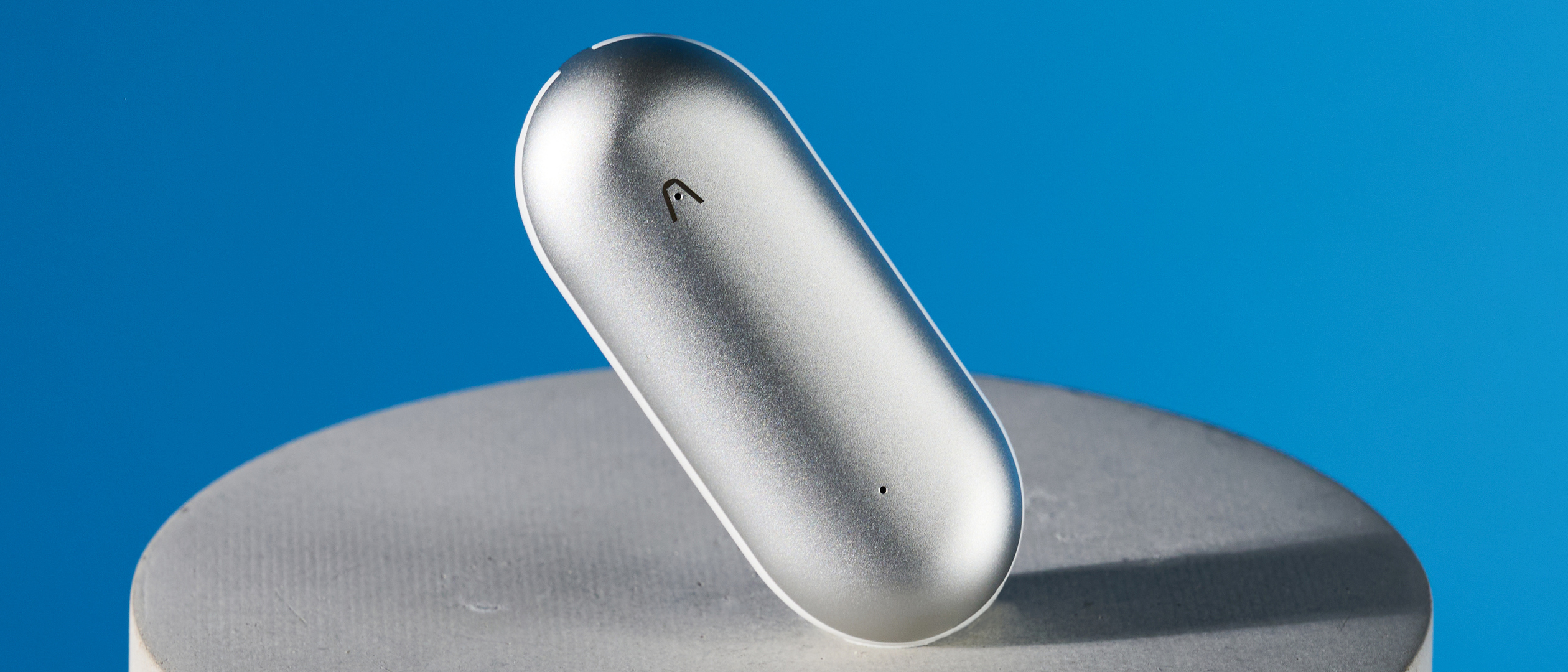The best bike helmets in 2025: expert tested and rated
The best bike helmets, road-tested, trail-rated and cyclist approved
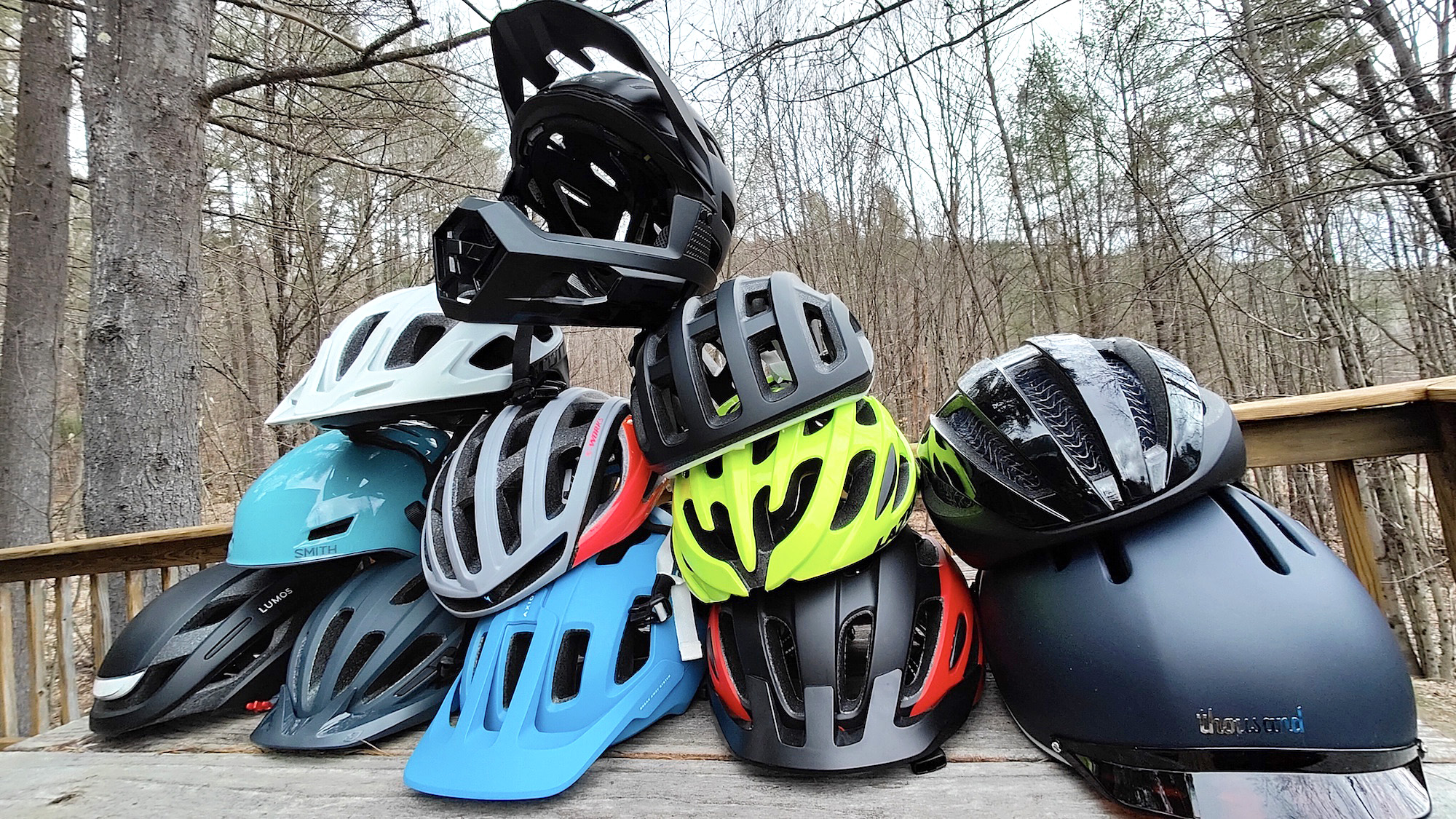
If you want to stay safe while taking a ride, you'll need one of the best bike helmets. Whether you have a slip or something potentially more serious, these helmets are designed to protect your head, taking the impact for you.
But since you'll be wearing them in all conditions and for hours at a time, you want to find a helmet that'll be comfortable, breathable and still looks good as you clock up the miles. That's why we put the best bike helmets to the test.
We've ridden hundreds of miles in helmets ranging from $50 to $300, some with smart features, others designed to be solid and reliable without breaking the bank checking to see how they fared over extended periods.
Plus, we only feature helmets with MIPS technology, the industry standard, or something comparable to ensure top-notch protection from concussions and other head injuries.
So, before you head out on your new electric scooter or one of the best electric bikes, pick yourself up one of the best bike helmets to protect your head while on the road.
The best bicycle helmets you can buy today
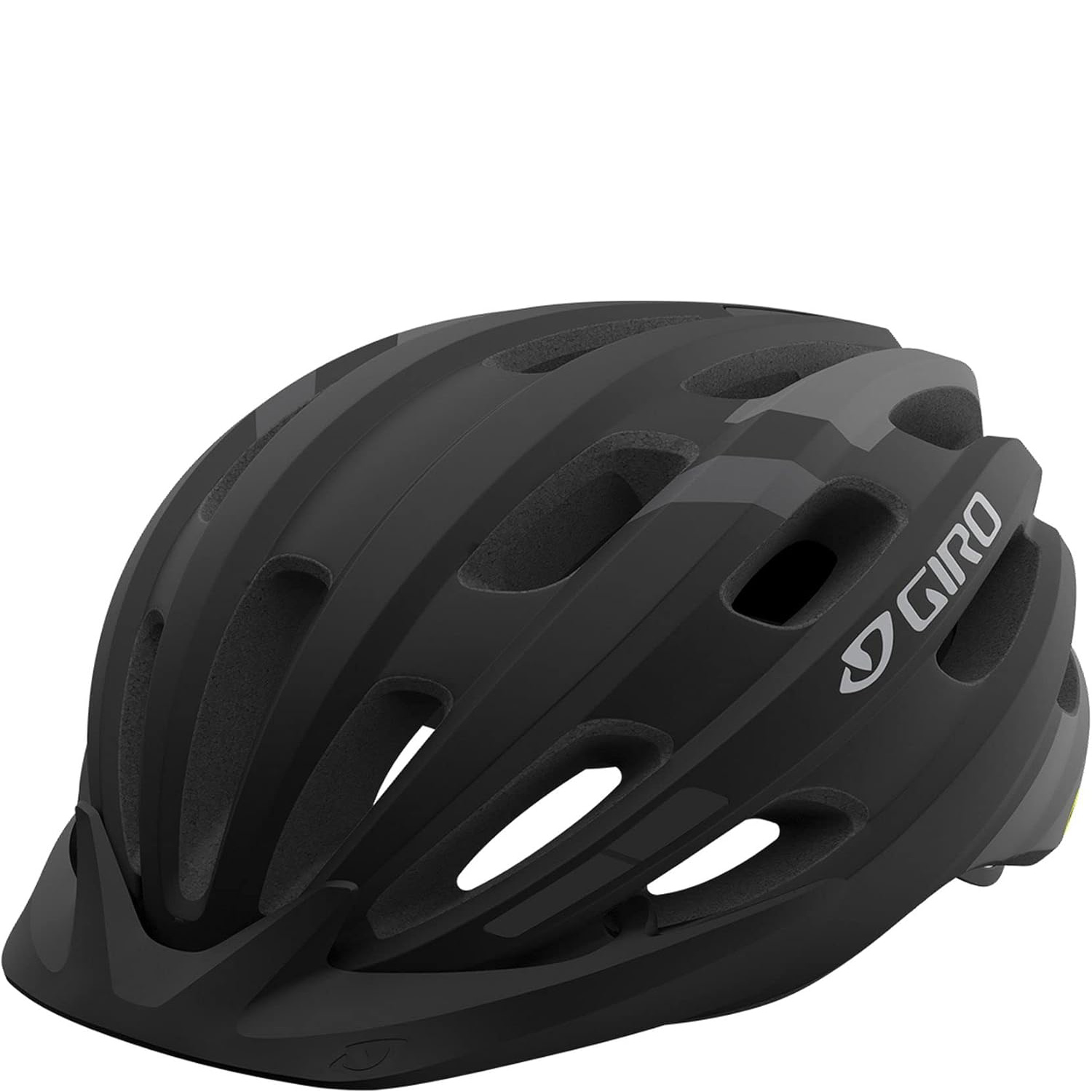
Type: Open, road biking
Design: MIPS
Weight: 280 g
What we liked:
Comfortable
Excellent value
What we didn't:
No chin protector
The Giro Register MIPS was one of the lightest helmets we tested, and we found it was extremely comfortable; we often forgot we were wearing it while shopping for groceries at a local farm stand.
In addition to its lightweight, the Register has an extra strip of padding on the brow, and its interior padding strips extend back toward the rear of your head more than others, accounting in part for its better feel. Only the Bell Super Air R and the Scott Vivo Plus were as comfortable. This helmet comes with a snap-on visor and uses the RocLoc Sport Fit system, a back-of-the-head dialing system similar to what you'll find on the much pricier Abus Gamechanger 2.0 (below), and just as effective.
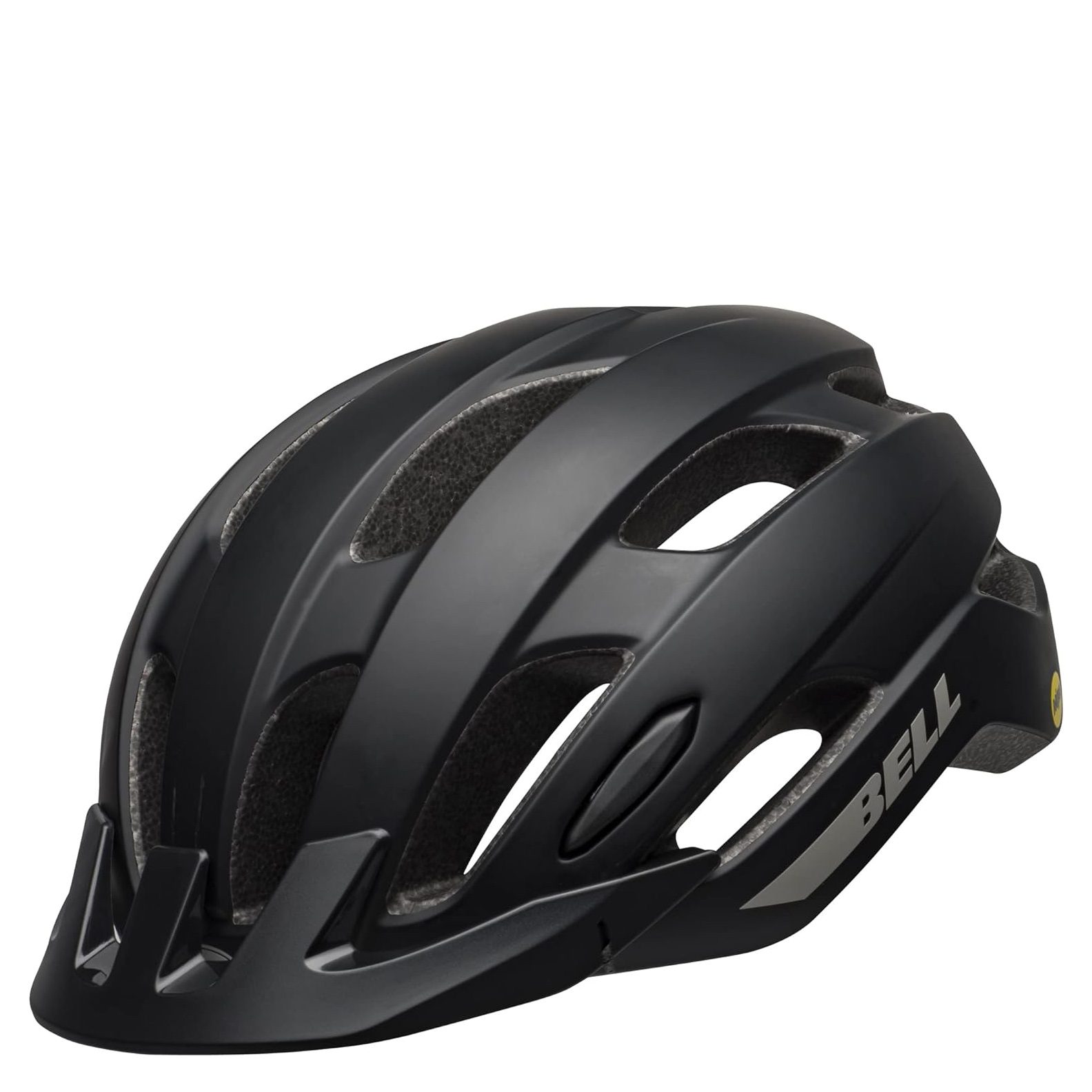
Type: Open, road biking
Design: MIPS
Weight: 360 g (universal XL)
What we liked:
Solid features
Good value
What we didn't:
Modest design
If there was one model that seemed to adapt to a variety of uses and required the least amount of fussing, it was the Bell Trace MIPS helmet. It was very comfortable in hot and in cool conditions, included a clip-on visor, and didn't cost a fortune.
We found the sizing to be accurate and the dial-and-cable fitting system as easy to use as those found in models costing twice as much. While it's not the most stylish helmet on the market, that may actually be one of its virtues. Because the Bell Trace design is less radical and more reserved than several other models, that makes it a good compromise if you have to satisfy a variety of tastes, say, making it the ideal helmet choice if you have to outfit an entire family with headgear.
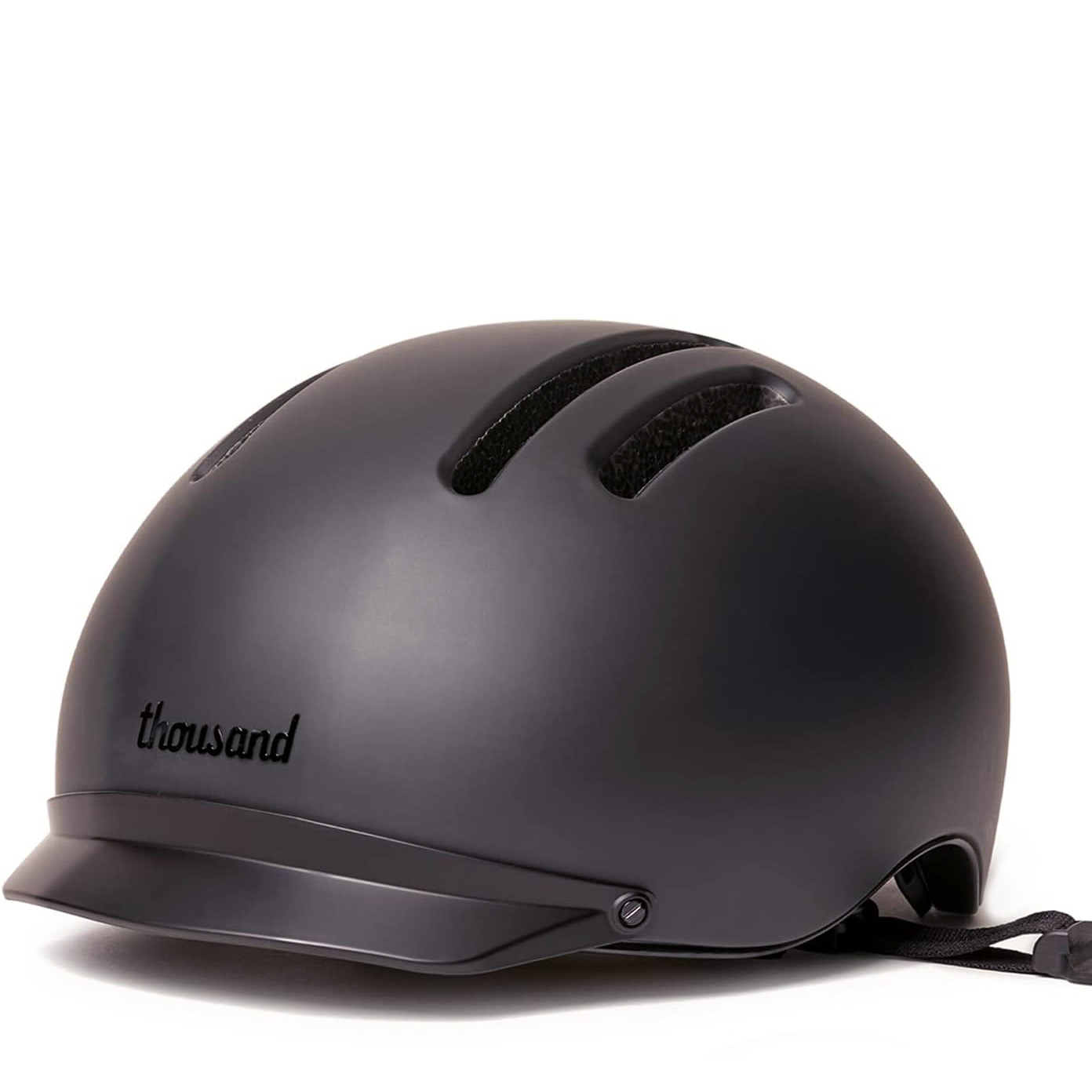
Type: Closed, road biking
Design: MIPS
Weight: 370 g
What we liked:
Detachable rear light
Pop lock feature
Attractive retro style
What we didn't:
A little warm on hot days
This model has a thick foam layer, so it protects you more from the elements, like dust and dirt. Still, it's relatively light (about the same as the Lumos and Scott helmets). And, it's decidedly comfortable — although a tad more padding on the forehead would be nice.
We really liked the magnetic detachable rear red light, which comes with a clip to attach it to your bike. The light can be set to stay lit continually or flash; in our testing, it lasted about an hour and a half when on full-time. There's also a "pop lock" access hole designed for threading it through a bike lock, so you don't have to carry the helmet around with you. Thousand promises to replace your helmet if it gets damaged or stolen while it's locked up.
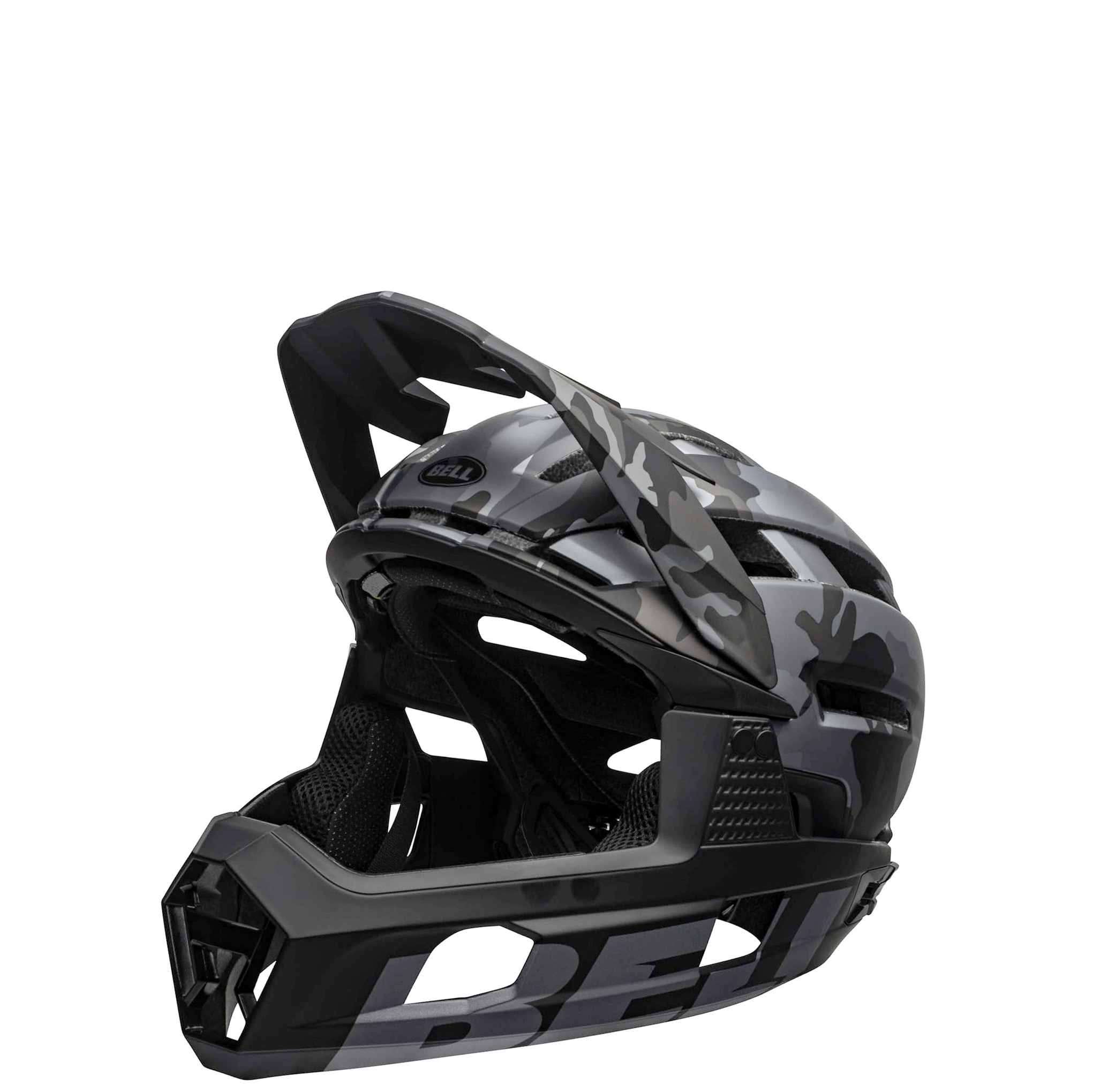
Type: Open, road and off-road
Design: MIPS
Weight: 640 g (medium with chin guard)
What we liked:
Superior comfort
Excellent protection
What we didn't:
Pricey
Among the best bike helmets we tested, the Bell Super Air R was the only model with a chin guard to protect you in case of an off-road face plant. It offered a more snug yet comfortable fit than the others we tried. It uses a dial-in Float fit system but has thicker padding inside than any other model we tested. The padding also stretches farther back for a better fit.
The chin guard can quickly be removed. Two front hooks secure it with snap-down clips in the back. With its open-vented design, you can leave the chin guard in place without worrying about fogging up your glasses. The visor also has three positions. So, if you're going up a hill, you can push it back so it's not obstructing your view. If you're a serious mountain biker, the Bell Super Air R may be the best investment you make.
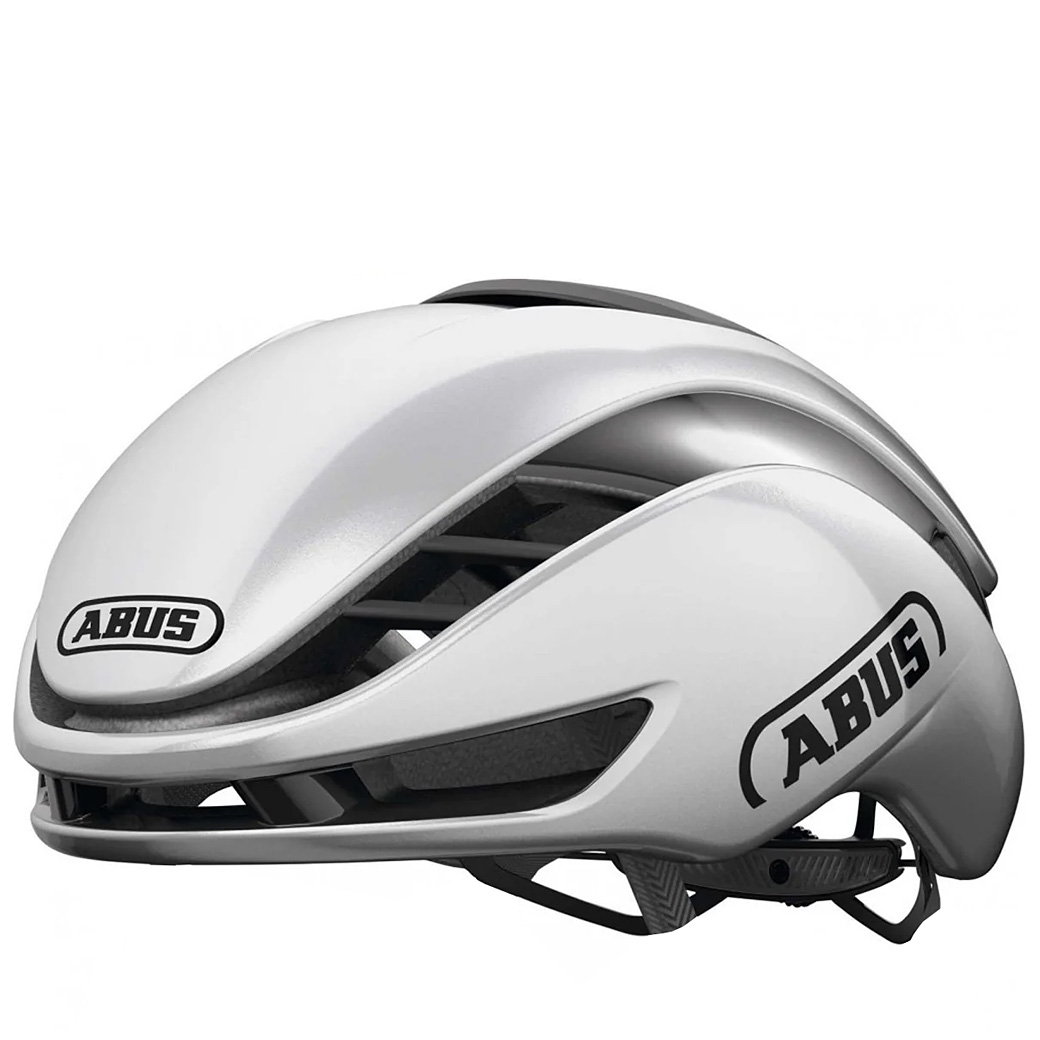
Type: Open, racing and road biking
Design: MIPS
Weight: 270 g
What we liked:
Lightweight, comfortable, excellent ventilation
What we didn't:
Pricey, not great for cold or wet weather
The Abus Gamechanger 2.0 MIPS is among the lightest helmets we tested and also one of the best ventilated. Built for racing with an emphasis on aerodynamics, this stylish Italian brain bucket is also a perfectly suitable helmet for city and street cycling, especially during the hotter months.
However, it's not a great choice for winter biking or wet weather riding for the same reason: ample ventilation. Compatible with ponytails and available in three sizes, the Gamechanger can be tightened or loosened to taste using a rear click wheel. It also features hidden loops above the ears to secure a pair of shades.
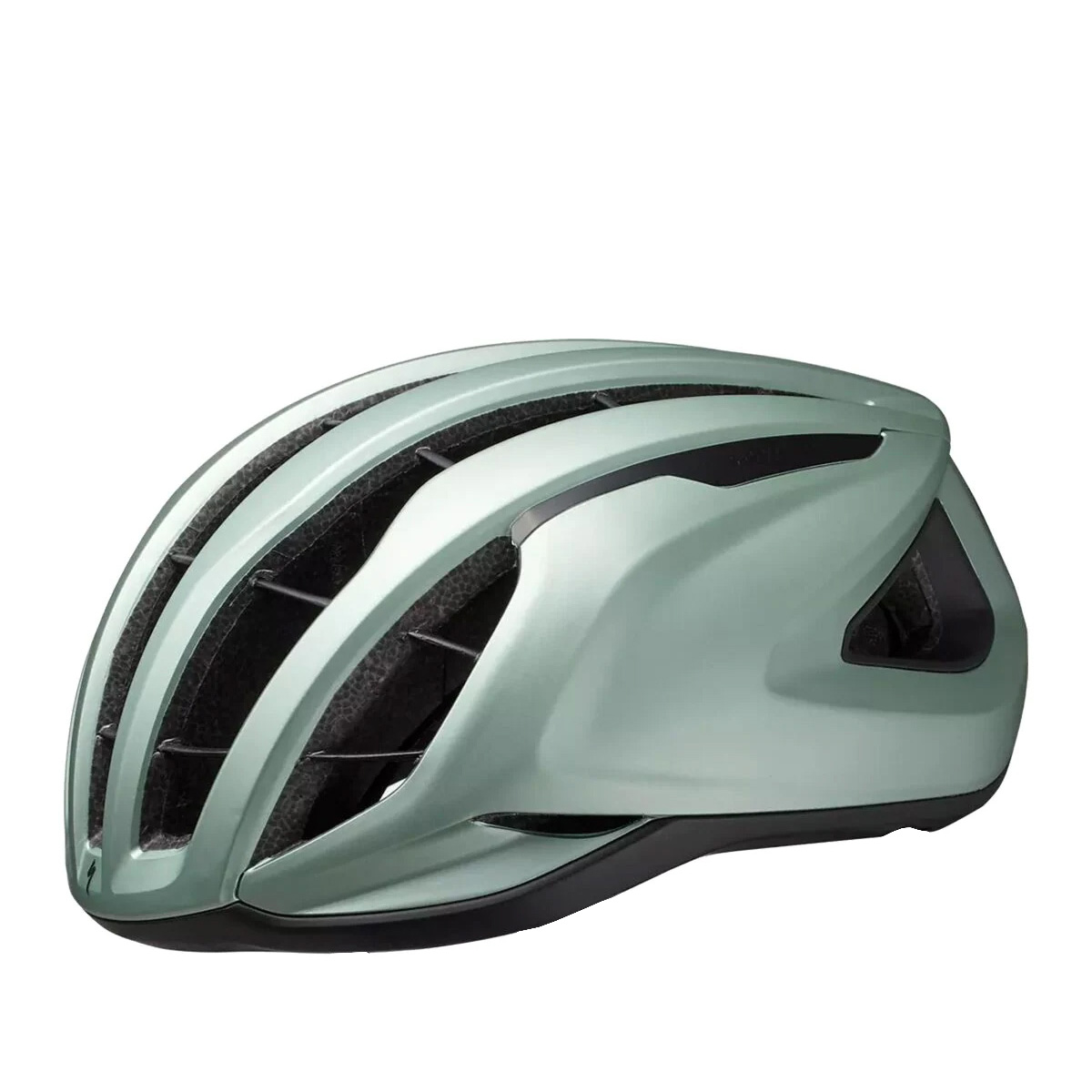
Type: Open, road bike
Design: MIPS
Weight: 305 g
What we liked:
Light
Can alert contacts in emergencies
What we didn't:
Expensive
This was the most high-tech helmet we tested. It starts with a carbon and aramid fiber layer, giving it rigidity and lightness, and the MIPS impact deflection system. Then there's its ANGi (angular and g-force indicator) system, which will trigger a countdown to an alarm on a connected smartphone using the Specialized Ride app if it detects a fall.
If all that's been bruised is your pride, you can stop the alarm; otherwise, it sends a text to your emergency contacts with your location. This can literally be a lifesaver for solo riders who enjoy country roads. In terms of comfort, we found we had to tighten and loosen the fit dial every time we put it on and off. Nevertheless, the S-Works Prevail was better than average in terms of fit.
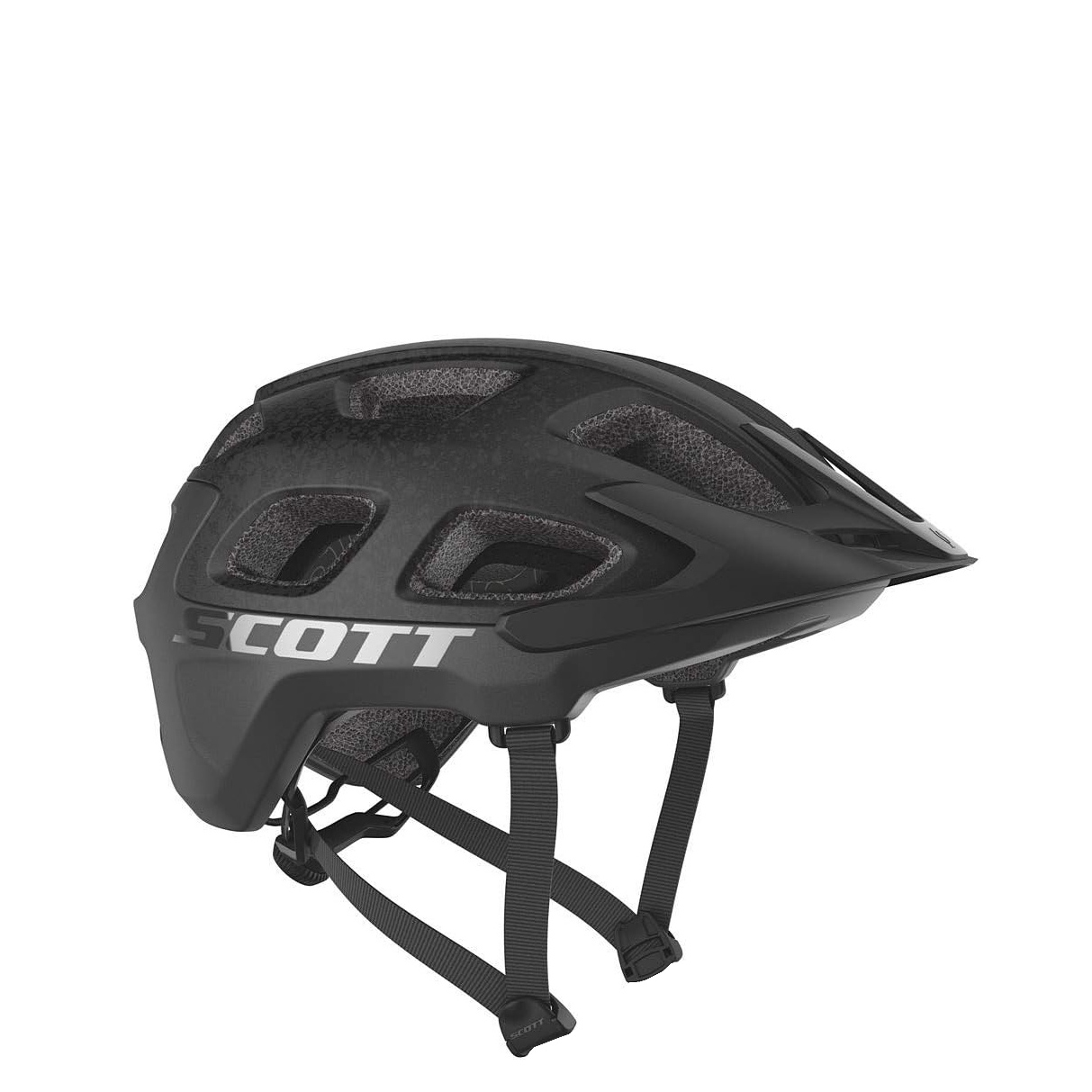
Type: Open, road and off-road
Design: MIPS
Weight: 390 g
What we liked:
Good fit that stays put
Very comfortable
Detachable visor
What we didn't:
Can be hot on warm days
One of the most comfortable vented road rider helmets we tested was the Scott Vivo Plus. It's on the heavy side and doesn't have longitudinal vents, so on longer rides in the sun, it tended to generate more heat than we would have liked.
However, it was extremely comfortable. And it didn't tend to slide forward, like some other models we tested. Its profile was a little bulkier than others, but it didn't affect sizing or fit. The helmet also includes a detachable visor with two positions and a soft white tote bag.
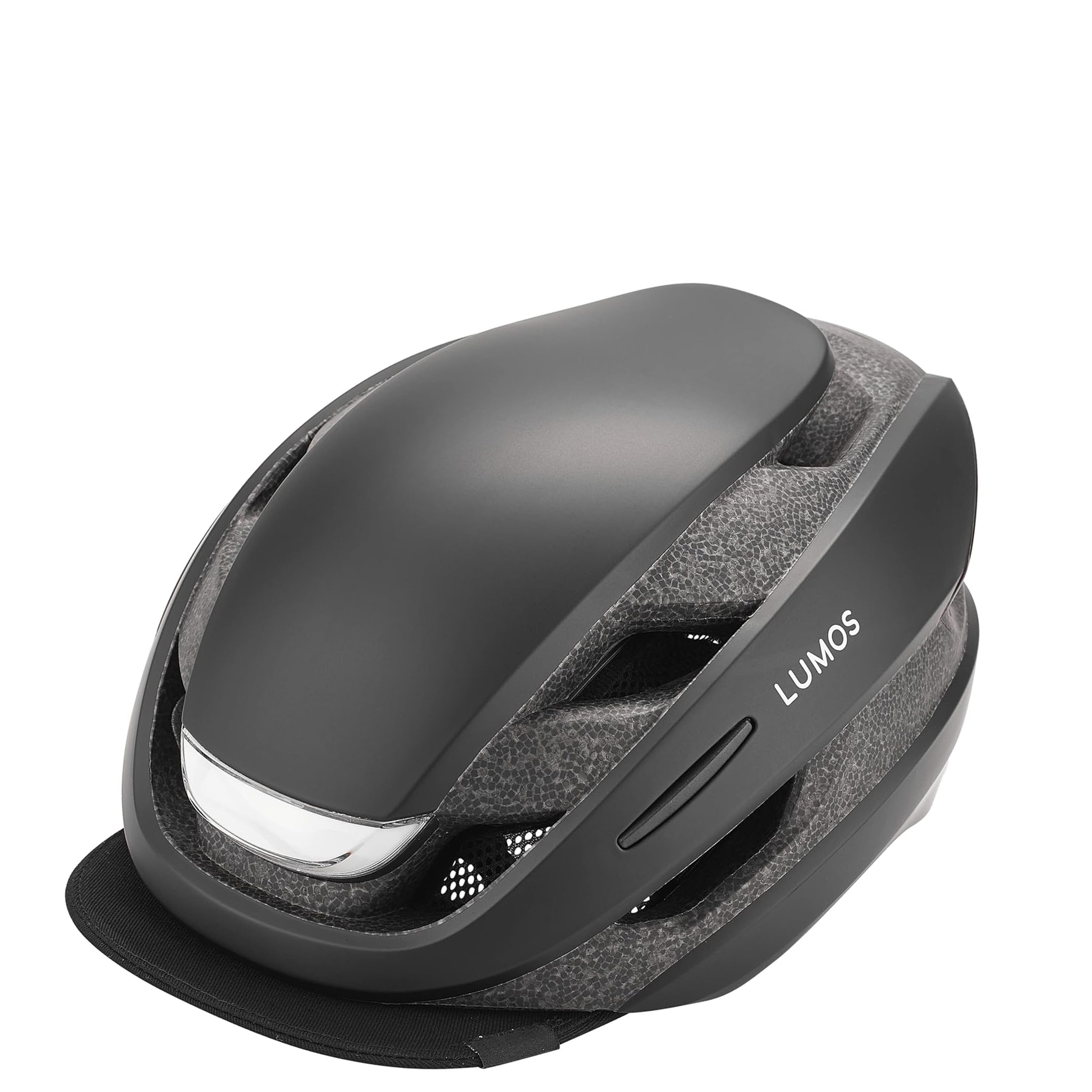
Type: Open, road biking
Design: MIPS
Weight: 370 g
What we liked:
Excellent visibility
Built-in turn signals and headlight
Comfortable
What we didn't:
Heavier than average
The Lumos Ultra has a front LED headlight and red turn signals in the rear of the helmet and comes with a wireless controller that straps onto your handlebars. If you have an Apple Watch, when you make a hand gesture to turn, the appropriate signal on the helmet will blink.
An app lets you track your rides and is compatible with Google Fit and Strava. We found that the Lumos controller worked well, except with gloves, and it automatically paired with the helmet every time we turned it on. The front headlight provides ample close-distance illumination, but you'll want a separate set of high-quality bike lights for riding in the rain or the dark.
The Lumos Ultra can also be ordered with the integrated MIPS system. We found the Lumos Ultra to be very comfortable, with an extended front brow pad and rear-dial fitting system that worked well. Note: It's easiest to purchase the Lumos Ultra MIPS through Lumos directly.
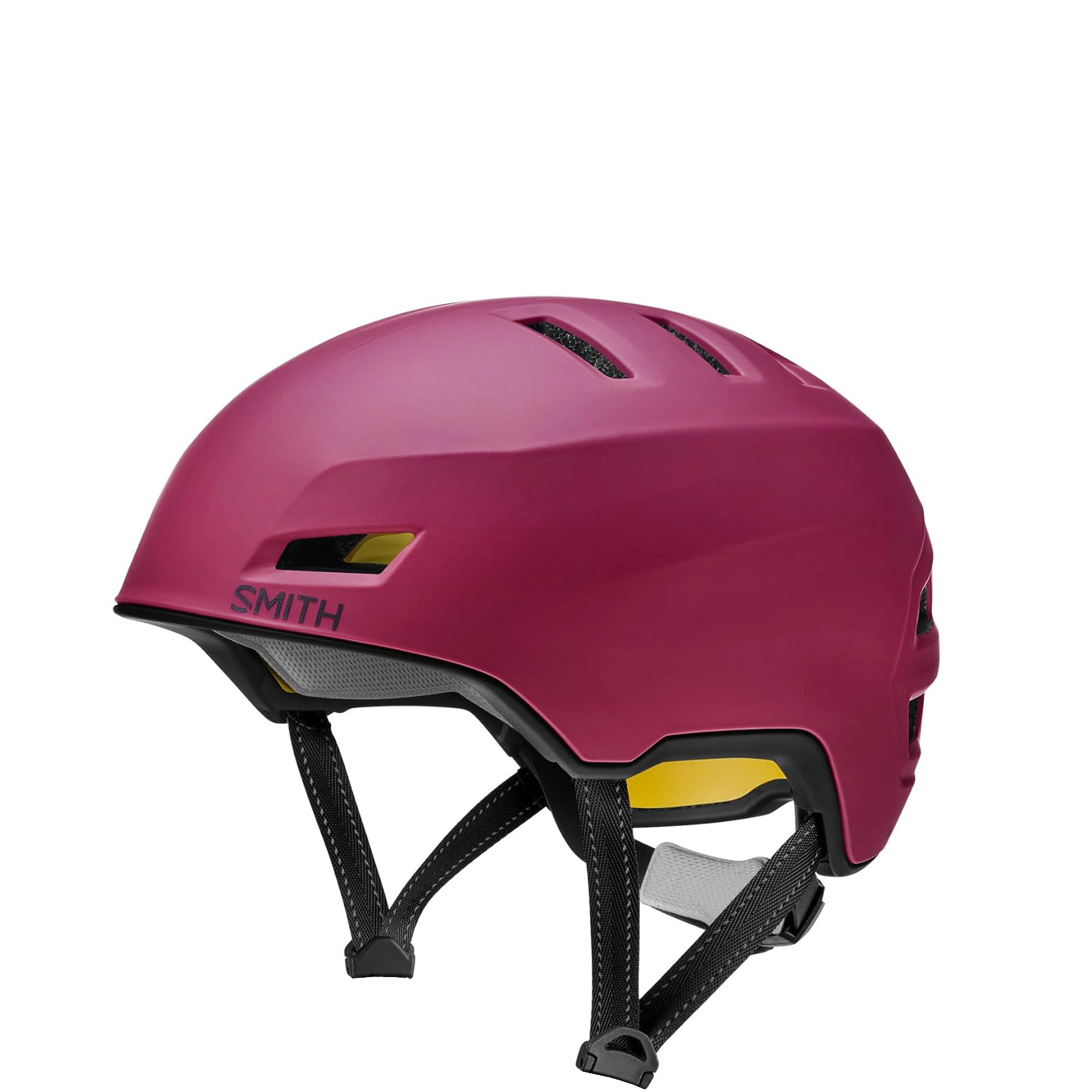
Type: Enclosed, commuter
Design: MIPS
Weight: 886 g
What we liked:
Solid enclosed design
What we didn't:
The heaviest helmet we tested
The Smith Express is designed for urban riders and commuters who favor city streets over country roads. Rather than extensively vented, the Express is an enclosed design, also typical of designs for skateboarders. Consequently, it's a warmer helmet and better suited to fall days than sultry summer rides. Even though it's not smaller, the Express' more enclosed design makes it appear less bulky and bulbous than typical vented helmets.
We didn't find the Smith Express as comfortable as some of the other best bike helmets, primarily because the padding is not sufficient to keep the back sides of your head from hitting the hard foam of the liner. Smith doesn't include any additional padding.
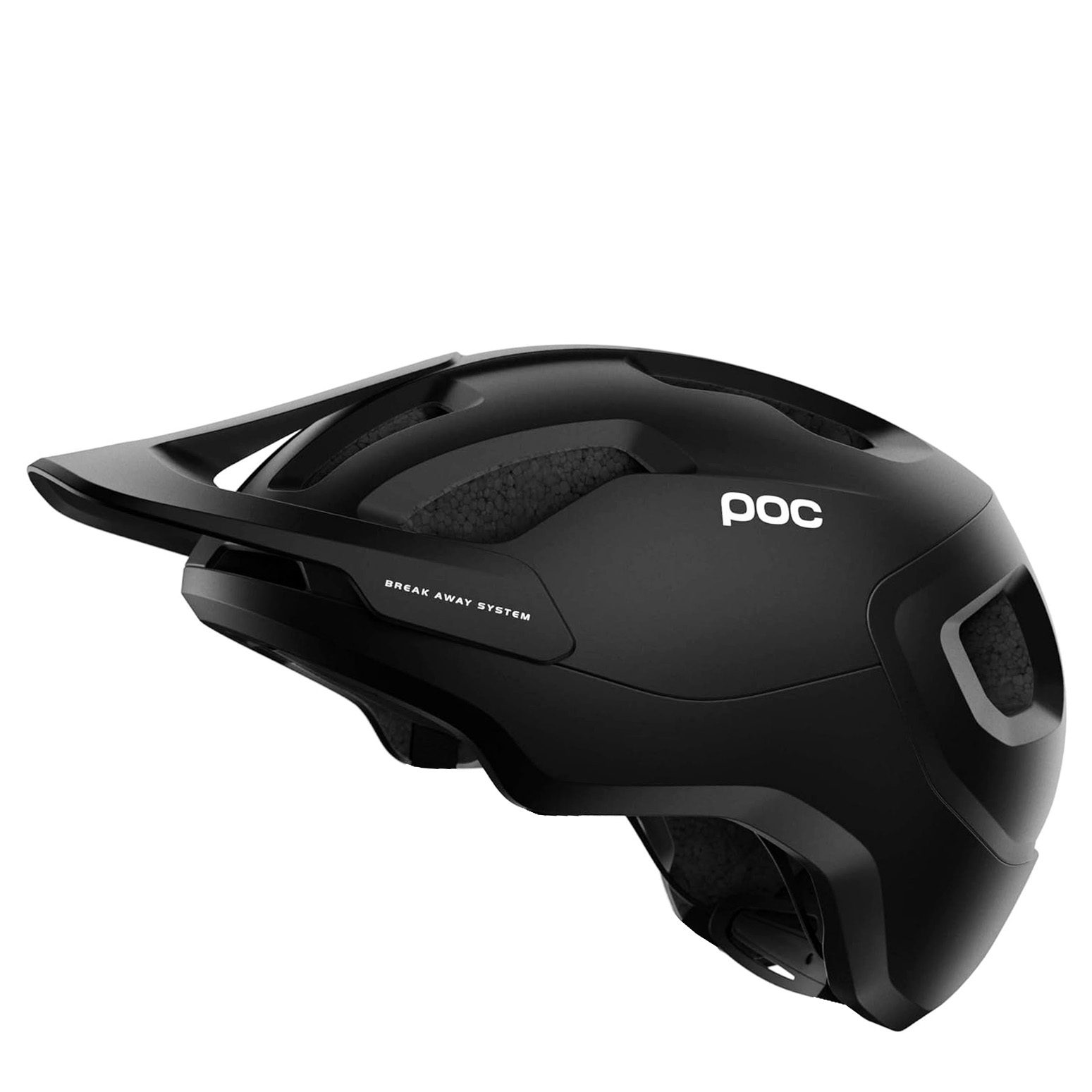
Type: Open, road and off-road
Design: POC Spin
Weight: 350 g
What we liked:
Good crossover protection
Attractive design
What we didn't:
Could use more padding
POC's Axion SPIN is equally at home on city streets or flying around dirt trails. This makes it one of the best bike helmets for those who want one model for a variety of conditions. Its design is not completely enclosed like urban models. But it does cover more of the back and sides of the head than typical lightweight road helmets. The Axion also eschews the MIPS impact system and instead uses POC's own solution, SPIN, for Shearing Pad INside.
The Axion SPIN uses a system of silicone pads to deflect rotational forces and appears to do better than traditional foam-only designs in tests. We like the look of the Axion as well, although it wasn't as comfortable a fit; we wished it shipped with additional pads to reduce friction in the back.
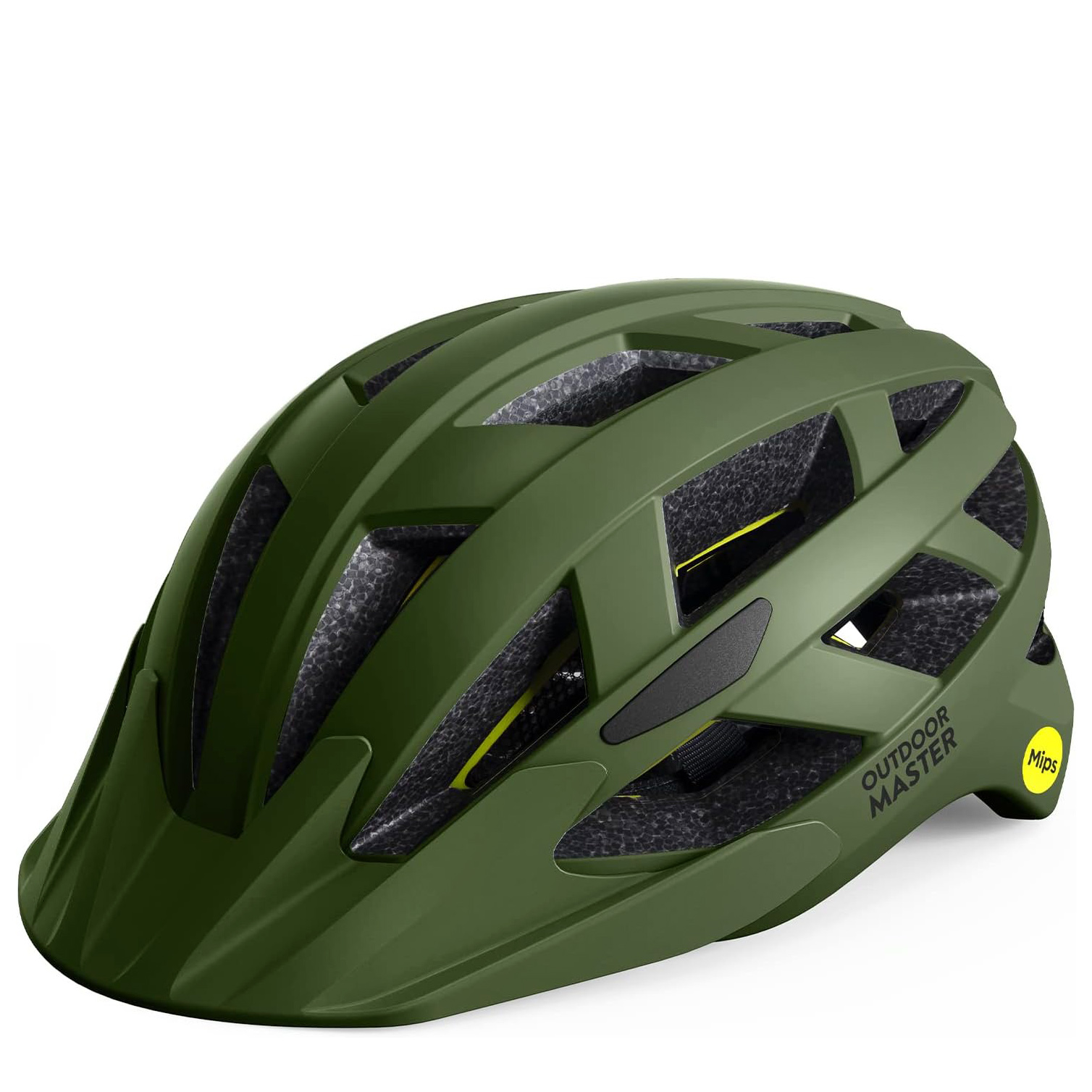
Type: Open, road riding
Design: MIPS
Weight: 300 g
What we liked:
Very light
Excellent venting
Very affordable
What we didn't:
No quick-release strap
While not the lightest of all the helmets we tested, the Outdoor Master Gem is the most open, so if you find yourself sweating under most helmets, this may be the solution for you. The Gem uses traditional expanded polystyrene (EPS) foam sandwiched between a polycarbonate shell and a MIPS liner to provide protection.
We found the Gem to be very comfortable and liked that it came with an extra removable liner as well as a removable visor. It comes in a variety of colors and two sizes and costs less than $100 — what's not to like?
How to choose the best bike helmet for you
Shock absorption technology: There is still some debate about the most effective helmet technology for protecting your head. However, most researchers agree that it's the rotational forces that tend to cause the most damage, including concussions. The most popular technology today to address these types of crashes is the multi-directional impact protection system or MIPS technology. It is designed to reduce the rotational force on one's cranium in an accident by allowing the outer shell of the helmet to slide slightly on impact. Many helmet makers offer MIPS models, and there are a couple of competing designs, including POC's SPIN pads.
Fit Matters: Helmets need to fit snugly in order to protect your pate in an impact. Most models now feature a cage-like design that can loosen or tighten an interior set of straps to fit around your head. Over time, chin straps can stretch and loosen, so don't forget to snug them up on occasion. Also, make sure you don't push the helmet back; they're designed to sit slightly forward over your brow to protect your forehead.
Use case: Bikes are used in a variety of ways, from commuting to mountain biking, and bike helmet manufacturers make helmets tailored for those scenarios. While it's perfectly acceptable to wear a mountain bike helmet when cycling to work, it may have extra features, such as a visor or a chin guard, that you don't necessarily need or want to pay extra for. Look for a helmet that will best match how you plan to use your bike.
How we tested the best bike helmets
One of the criteria in selecting the best bike helmets to test was if they had MIPS protection or the equivalent. MIPS, which in this use stands for Multi-directional Impact Protection System, includes a layer that allows the helmet to slide relative to the head, thus reducing rotational forces that can cause concussions or other brain injuries.
We then wore the helmets on a number of bike rides, evaluating their fit, adjustability, and comfort. If a helmet had other features — such as built-in lights — we also tested their ease of use.
Bike helmet safety ratings
Of course, we could not test the helmets under actual crash conditions, so we consulted several test reports that conducted extensive lab-based impact analysis. Those included Virginia Tech and the Insurance Institute for Highway Safety's evaluation of 162 bike helmets and a 2021 study of 27 helmets tested in oblique impacts published in the Annals of Biomedical Engineering. We also considered the results of a 2020 study conducted by a Swedish insurance company as part of our evaluation.
Below is a chart with the Virginia Tech ratings of the helmets we reviewed; the lower the number, the better.
| Header Cell - Column 0 | Giro Register MIPS | Bell Trace | Thousand Chapter MIPS | Bell Super Air R | Abus Gamechanger 2.0 MIPS | Specialized S-Works Prevail | Scott Vivo Plus | Lumos Ultra MIPS | Smith Express | POC Axion Spin | Outdoor Master Gem MIPS |
|---|---|---|---|---|---|---|---|---|---|---|---|
Va. Tech rating (lower is better) | 17.06 | Not rated | 12.91 | Not rated | 12.45 | 12.65 | 15.38 | 17.19 | Not rated | Not rated | 11.03 |
Since fit and comfort are two of the most important features of bicycle helmets, we then head-tested every model, riding many miles in different circumstances (off-road, dirt roads, highways and city streets) to see how they held up under real-world use.
Features comparison
| Header Cell - Column 0 | Giro Register MIPS | Bell Trace | Thousand Chapter MIPS | Bell Super Air R | Abus Gamechanger 2.0 MIPS | Specialized S-Works Prevail | Scott Vivo Plus | Lumos Ultra MIPS | Smith Express | POC Axion SPIN | Outdoor Master Gem MIPS |
|---|---|---|---|---|---|---|---|---|---|---|---|
Type | Open, road biking | Open, road biking | Closed, road biking | Open, road and off road | Open, racing and road biking | Open, road biking | Open, road and off-road | Open, road biking, commuter | Enclosed, commuter | Open, road and off-road | Open, road biking |
Design | MIPS | MIPS | MIPS | MIPS | MIPS | MIPS | MIPS | MIPS | MIPS | POC Spin | MIPS, EPS |
Weight | 280 g | 360 g | 370 g | 640 g | 270 g | 305 g | 390 g | 370 g | 886 g | 350 g | 300 g |
Price | $70 | $49 | $145 | $300 | $229 | $299 | $60 | $119 | $110 | $150 | $49 |
Frequently asked questions
What size bike helmet do I need?
In order to be effective, a bike helmet must be properly sized to your head. Most helmets come in multiple sizes and will also have some sort of adjustment mechanism so they will fit snugly on your head.
In order to find your head size, take a tape measure or a piece of string and wrap it around the widest part of your head, about an inch above your eyebrows. Most bike helmet manufacturers will have a sizing chart so you know the appropriate model for your noggin.
Do bicycle helmets have a lifespan?
Any time you have an impact or even a tumble that doesn't result in injury, your helmet should be replaced—even if there is no visible damage. Any impact can reduce its ability to protect your noggin. (The same goes for ski and motorcycle helmets.)
While there’s no hard and fast rule, the general consensus is that bike helmets should be replaced every five years or so, depending on use. If you rarely use your helmet, it could last longer, but with normal wear and tear, five years is a good benchmark.
Do you have to wear a helmet if you're riding on a cycling path or pavement?
We recommend you wear a bike helmet no matter where you ride your bike. Accidents can occur anywhere, at any time. While there's no law in the U.S. that requires adult riders to wear a helmet while riding, why take the risk of serious injury?
What is a MIPS bicycle helmet?
MIPS is an acronym for Multi-directional Impact Protection System. It's a protective layer inside a helmet that allows the helmet to rotate or slide when it hits something. This helps lessen the impact on your brain, which can reduce the severity of an injury, such as a concussion.
Is it better to size up or size down when buying a bike helmet?
The ideal bike helmet will fit you comfortably but snuggly. That said, if you're in between sizes and must size up or down, it is better to go with the smaller size. A helmet that is too large may move around on your head during impact, negating the protective properties.
Sign up to get the BEST of Tom's Guide direct to your inbox.
Get instant access to breaking news, the hottest reviews, great deals and helpful tips.

Dan Bracaglia is the Tom’s Guide editorial lead for all things smartwatches, fitness trackers and outdoor gear. With 15 years of experience as a consumer technology journalist testing everything from Oura Rings to instant cameras, Dan is deeply passionate about helping readers save money and make informed purchasing decisions. In the past year alone, Dan has assessed major product releases from the likes of Apple, Garmin, Google, Samsung, Polar and many others.
An avid outdoor adventurer, Dan is based in the U.S. Pacific Northwest where he takes advantage of the beautiful surroundings every chance he gets. A lover of kayaking, hiking, swimming, biking, snowboarding and exploring, he also makes every effort to combine his day job with his passions. When not assessing the sleep tracking and heart rate accuracy of the latest tach gadgets, you can find him photographing Seattle’s vibrant underground music community.
